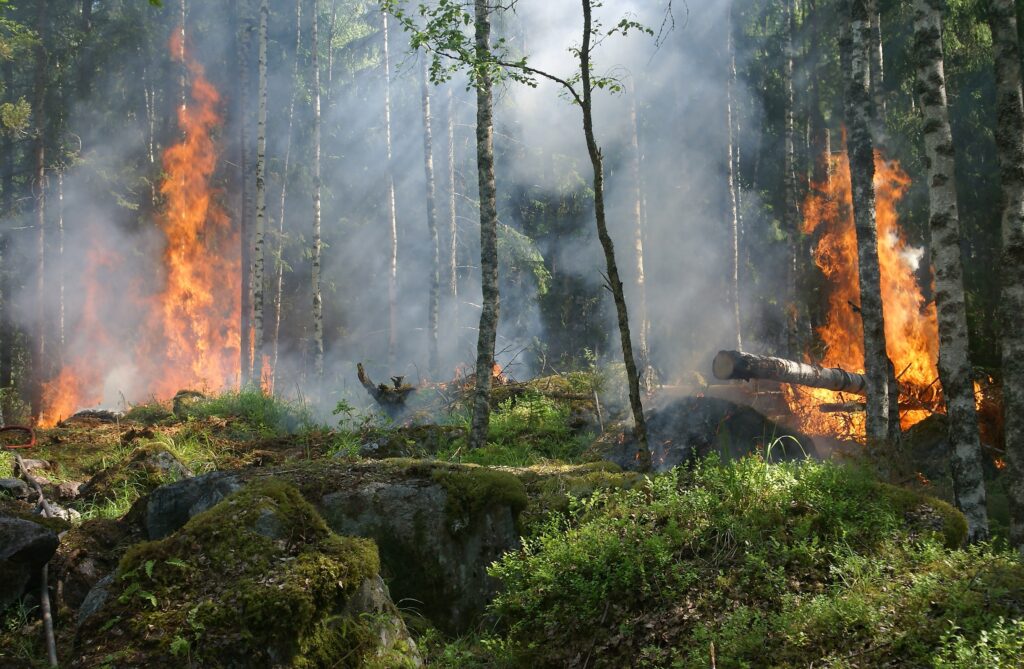The aftermath of a fire can be devastating in terms of property damage and environmental impact in New York. While effective at repairing and rebuilding, typical fire damage resolution practices often leave a significant carbon footprint. You must know that the methods can contribute towards solution-based generation and the depletion of your natural resources. As industries across the globe are increasingly embracing sustainability, the fire damage restoration sector should also evolve and adopt eco-friendly practices. In this guide, you can learn about sustainable fire damage restoration practices.
- Understanding the environmental impact
According to experts offering fire damage restoration Manhattan, fire damage restoration is energy intensive. The transportation of materials, the operation of machinery, and the extensive use of electricity all contribute to a high carbon footprint. For example, heavy-duty equipment used for cleaning, drying, and rebuilding often relies on fossil fuels, emitting greenhouse gases. Furthermore, manufacturing and transporting new construction materials further adds to the carbon emissions.
Traditional fire damage restoration often includes using harsh chemicals for cleaning and decontaminating. The substances like solvents and bleach can even release volatile organic compounds into your air, contributing to indoor and outdoor air pollution.
- Eco-friendly cleaning and decontamination
One of the best ways to reduce the environmental impact of fire damage restoration is by using non-toxic, biodegradable cleaning agents. These products are free from harmful chemicals like chlorine, ammonia, and phosphates, which has the ptential to pollute our environment instead. So, you must know that eco-friendly alternatives use natural ingredients that break down easily without leaving harmful residues. The products are safe for their environment and the occupants’ health. Besides using eco-friendly cleaning agents’ restoration companies can adopt advanced cleaning technologies that reduce environmental harm. For example, dry ice blasting is an excellent cleaning method using solid carbon dioxide pellets to remove the residue without leaving any secondary waste.
- Sustainable material selection
Sustainable fire damage restoration includes choosing materials that have a lower environmental impact. Recycled and reclaimed materials are excellent reconstruction options. For example, reclaimed wood, recycled metal, and other salvaged materials can be used to rebuild your structures while reducing the demand for new resources. Energy efficiency must be a key consideration in your restoration project.
Compliance with environmental regulations and guidelines is essential for sustainable restoration. The rules ensure restoration practices do not harm the environment or public health. Restoration experts must stay informed about the local, state, and federal laws and ensure that all practices align with the requirements.
The world focuses on sustainability; property damage experts must evolve to adopt more eco-friendly practices. From using non-toxic cleaning agents and advanced technologies to selecting sustainable materials and improving energy efficiency, there are different ways to reduce the environmental impact of restoration projects. It is our responsibility to hire a professional who understands the needs of the hour and can deliver accordingly. When it comes to fire damage restoration measures, you simply cannot take any chances. You must ensure that all the steps are taken for the best sustainable solution possible.






